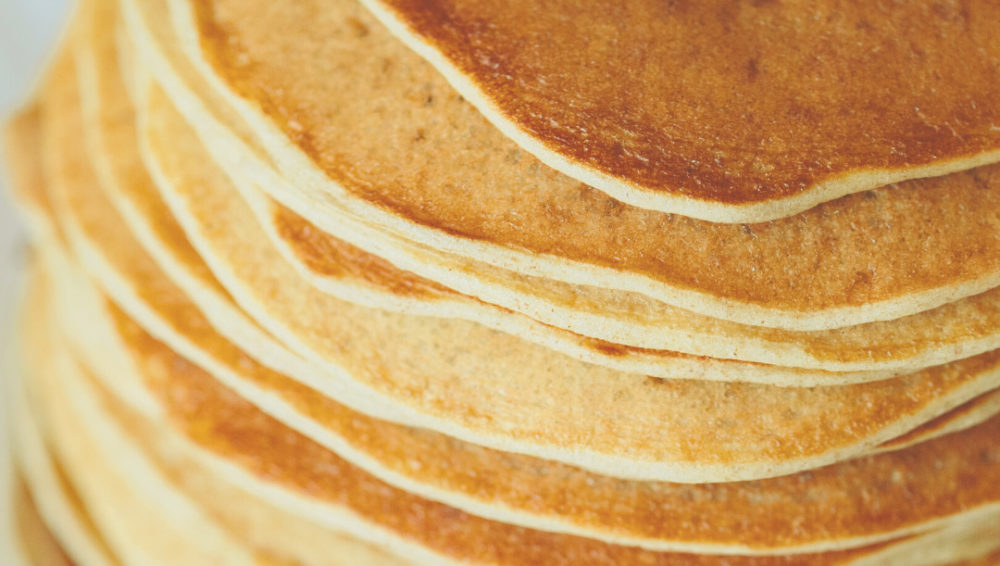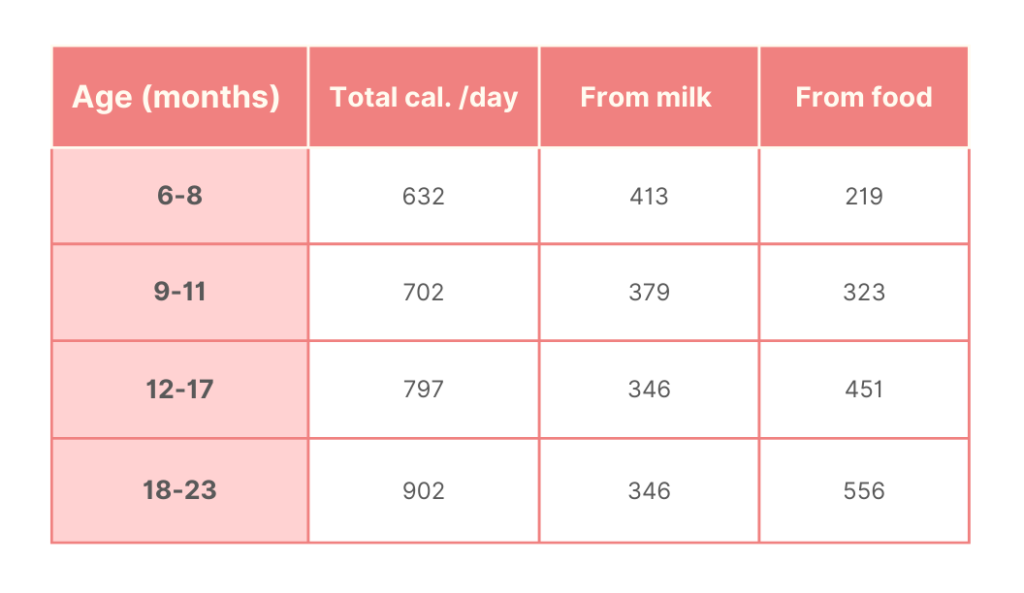Baby recipes: banana pancakes

Banana pancakes are made with only 3 simple ingredients – banana, egg, and flour. These ingredients are great sources of energy to fuel Your Child’s day.
Why are they good for Your Child?
Bananas are a good source of potassium, which is important for maintaining healthy blood pressure, as well as fiber, which helps with digestion. They also contain vitamins and minerals such as vitamin C, vitamin B6, and manganese. Flour is a good source of carbohydrates, which provide energy for the body. It is also a good source of protein, which is important for the growth and repair of tissues. Eggs are a good source of high-quality protein, as well as a range of vitamins and minerals, including vitamin D, vitamin E, and choline. They are also a good source of healthy fats, which are important for brain development in babies.
What to consider
Make sure that your pancake is cooked thoroughly, babies should not be given raw eggs, as there is a risk of food poisoning from bacteria such as Salmonella.
When can Your Child start eating banana pancakes?
You can serve Your Child banana pancake once the little one is used to chewing.
banana pancake recipes
- Mash the banana until very smooth with only a few lumps
- Add in the flour and egg, and mix until everything is combined
- Heat a medium-sized skillet over medium heat. Add a small amount of butter to the pan. Then, spoon one tablespoon of the pancake batter onto the skillet. Let the pancake cook for 3-4 minutes, or until the sides start to feel firm and the bottom is golden brown. Unlike regular pancakes, you won’t see any bubbles on the surface. Once the first side is cooked, flip the pancake over and cook for an additional 2-3 minutes on the other side, or until it is also golden brown
- Let the pancake cool slightly before serving
How much should Your Child eat?
WHO recommends that infants start receiving complementary foods at 6 months of age in addition to breast milk or formula. Initially, they should receive complementary foods 2–3 times a day between 6–8 months.
The daily calories distribution between milk and solid food are as follows:

Introducing new food
Try to introduce the food when Your Child is hungry, and try to keep it to one ingredient at a time to spot any allergic reactions. Learn more about introduction to solid food here.
Caution
If you do baby-led-weaning, make sure you know everything about the method, including knowing the difference between gagging and choking, and knowing what to do in case of an emergency.



